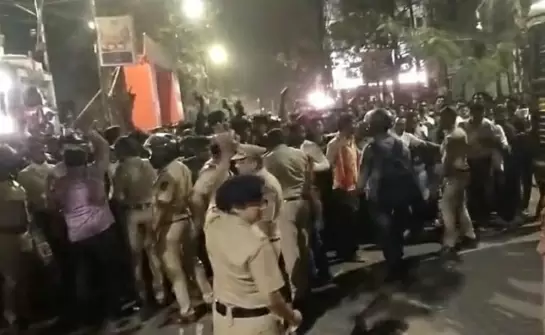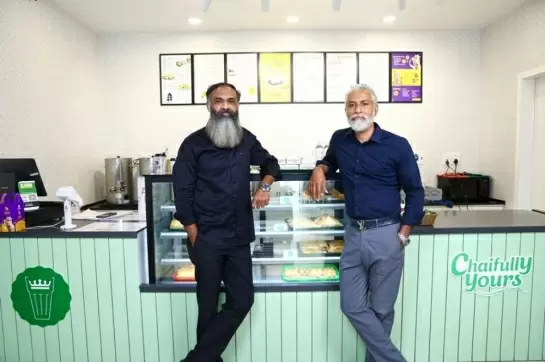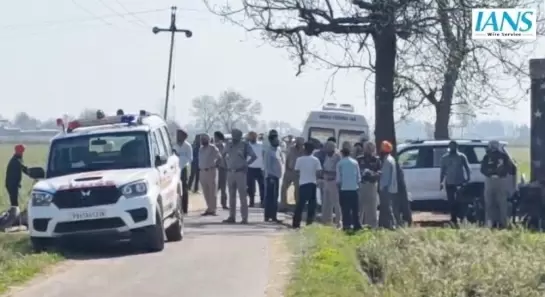Jat discontent upset Khattar's applecart in Haryana
24-October-2019
Did the Jat voters' disenchantment spoil Chief Minister Manohar Lal Khattar's Haryana game-plans? Experts believe the Bharatiya Janata Party (BJP) had set its eyes on the Punjabi and the non-Jat voters, despite Jats, the land-owning class, accounting for 28 per cent of the population.
They attribute this the BJP's failure to cross the halfway mark in the 90-member Assembly. It could win only 40 seats against 47 in the 2014. The Congress has won 31 seats.
The election results show that the BJP lost mainly in the Jat-dominated seats of Rohtak, Jhajjar, Sonipat, Bhiwani and Hisar districts. Captain Abhimanyu and O.P. Dhankar, both Minister in the Khattar government, were among the top BJP Jat leaders to bite the dust.
According to experts, facing the anti-incumbency, the BJP government was banking on national issues than its performance. Also, the Jat quota factor remained an issue in the election where caste equations have always played a major role.
The Jats blamed the BJP government for not defending their 10 per cent quota demand in jobs in the Supreme Court, which set aside that provision.
Traditionally, they are known to back the Congress and the Om Prakash Chautala-led Indian National Lok Dal (INLD).
"The INLD's split owing to the family dispute, and long-time fissures in the Congress didn't help the BJP overcome its weakness on account of farm distress and lack of jobs," a political observer told IANS.
"The breakaway voters preferred to go en block with the INLD's faction Jannayak Janata Party (JJP), brainchild of a Jat leader (Dushyant Chautala)," said an observer. They decided to make Dushyant a king-maker and wipe out INLD's political presence in the state. Now, he holds the key to power in the state.
Jats were also upset with the BJP promoting non-Jat leader Khattar, a Punjabi incumbent, as chief ministerial candidate.
The BJP was eyeing to strengthen its vote base with a division between Jats and non-Jats voters, a fellow with the Department of Political Science of Panjab University told IANS.
The BJP was banking on other castes -- Punjabis (8 per cent), Brahmins (7.5 per cent), Ahirs (5.14 per cent), Vaish (5 per cent), Gujjars (3.35 per cent), Jat Sikhs (4 per cent), Rajputs (3.4 per cent), Meos and Muslims (3.8 per cent) and Bishnoi (0.7 per cent).
The Scheduled Castes constitute 21 per cent of the population, which is the second highest after the Jats.
The BJP had fielded 20 Jats (22.2 per cent), four less than the 2014 Assembly polls, one Jat Sikh, nine Punjabis, eight Vaishs, one Bishnoi, eight Brahmins, six Ahirs, five Gujjars, two Meos, six from the backward classes, four Rajputs, two Rors and 18 Scheduled Castes candidates.
In the patriarchal state of Haryana, the 'Deras' also wielded considerable influence. They are led by self-styled godmen Rampal and Gurmeet Ram Rahim, both behind bars. Last time, they had supported the BJP.
The Jat-dominated JJP, which has emerged as kingmaker in the elections, refused to open its cards as the Congress courted it to form the government. The elections have have thrown up a hung House.
JJP leader Chautala said he had called a meeting of the party executive at 11 a.m. on Friday in Delhi to discuss the strategy. His comments came amid reports that he was insisting on the Chief Minister's post as a condition for a post-poll tieup. It has won 10 seats.
"I believe the key to the new government is in the hands of the JJP," he said earlier in the day. Dushyant Chautala is the great-grandson of former Deputy Prime Minister Devi Lal and grandson of jailed INLD leader O.P. Chautala.
Dushyant formed the new party with his brother Digvijay Chautala.IANS
Haryana BJP Leader Shot Dead Over Land Dispute On Holi: Police
Mumbai Police Bust High-Profile Sex Racket in Hiranandani Hotel
NPG Evaluates 8 Key Infrastructure Projects Under PM GatiShakti Plan
Rupee Symbol Debate Heats Up as Tamil Nadu Opts for ‘ரூ’
AIADMK Walks Out, BJP Boycotts Tamil Nadu Budget Session









